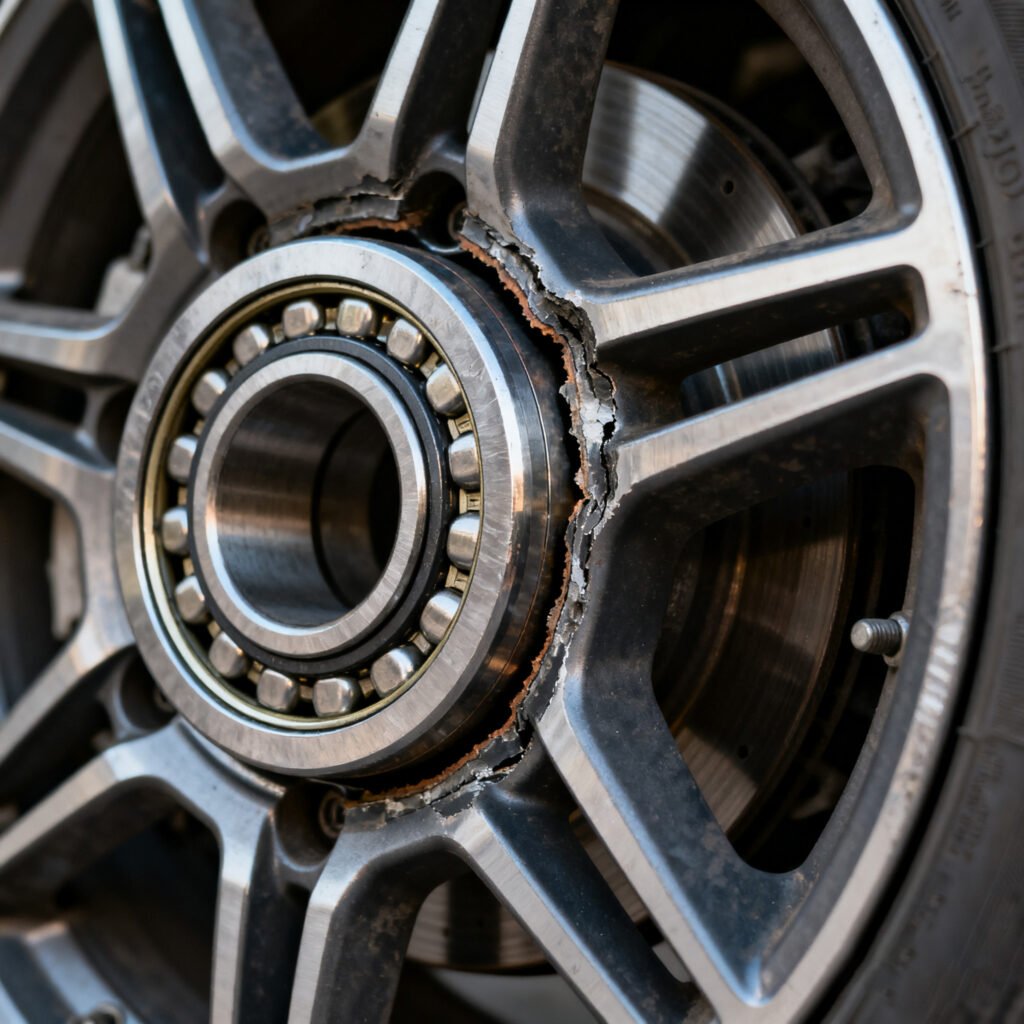A wheel bearing is one of the most critical components of your car’s suspension and steering system. It allows the wheels to spin smoothly while supporting the vehicle’s weight. Over time, however, wheel bearings can wear out due to heat, friction, and road conditions. Knowing how to replace a wheel bearing not only saves money on repairs but also ensures your car remains safe to drive.
In this comprehensive guide, we will explain the signs of a bad wheel bearing, tools you need, step-by-step replacement instructions, and expert tips to help you complete the job successfully.
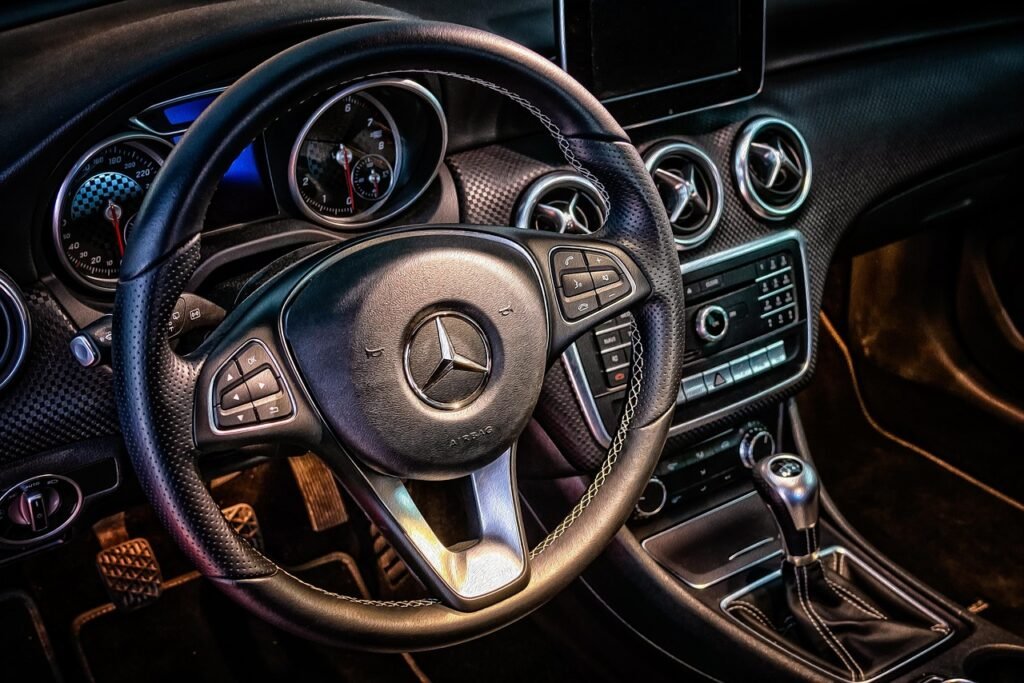
Why Wheel Bearings Are Important
Wheel bearings reduce friction between the axle and the wheel hub, ensuring smooth rotation and stable handling. A failing bearing can lead to grinding noises, uneven tire wear, steering vibration, and even dangerous wheel lock-up. Replacing a worn bearing promptly is crucial to avoid costly damage and ensure driving safety.
Signs That Your Wheel Bearing Needs Replacement
Before diving into the replacement process, it’s important to confirm that the wheel bearing is the actual problem. Common symptoms include:
- Grinding or humming noise that gets louder with speed.
- Vibrations in the steering wheel or floorboard.
- Uneven or rapid tire wear.
- ABS warning light (in modern cars with integrated sensors).
- Wheel play or looseness when the wheel is rocked by hand.
If you notice any of these issues, it’s time to inspect and possibly replace the wheel bearing.
Tools and Materials Needed
Replacing a wheel bearing requires the right tools. Here’s a checklist:
- Jack and jack stands
- Lug wrench
- Socket set and ratchet
- Torque wrench
- Hammer and punch
- Pry bar
- Screwdrivers
- Wheel bearing press kit or hydraulic press (for Gen 1 bearings)
- New wheel bearing or hub assembly
- Safety gloves and goggles
How to Replace a Wheel Bearing: Step-by-Step
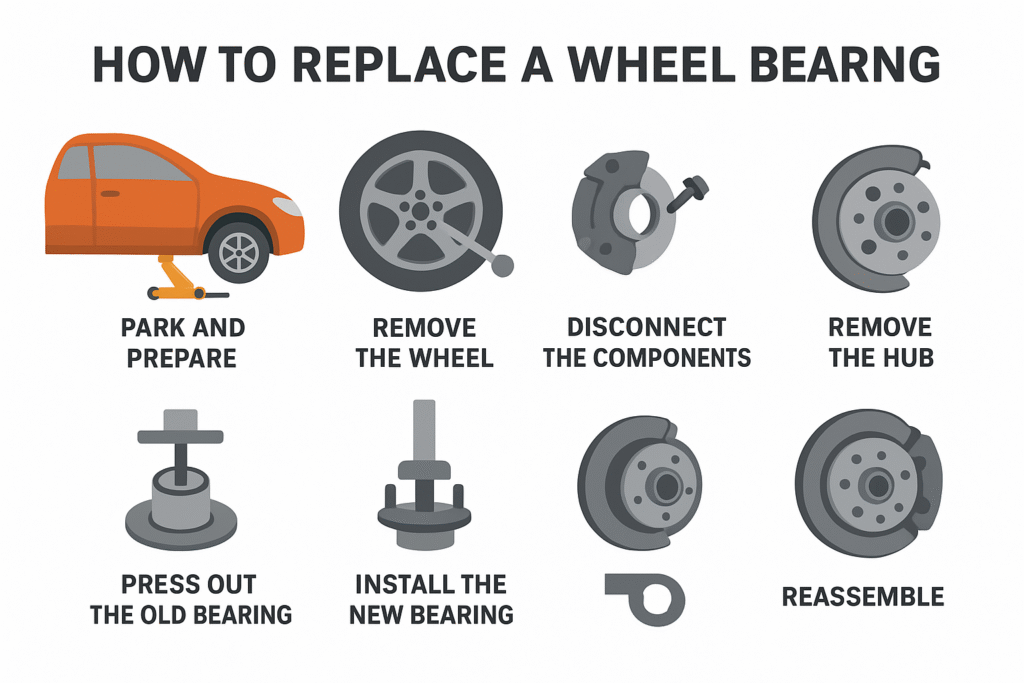
Step 1: Park Safely and Prepare
- Park on a flat surface and engage the parking brake.
- Loosen the lug nuts on the affected wheel while the car is still on the ground.
- Use a jack to lift the car and place it securely on jack stands.
Step 2: Remove the Wheel and Brake Assembly
- Remove the lug nuts and take off the wheel.
- Remove the brake caliper and rotor. Hang the caliper with a wire—do not let it dangle by the brake hose.
Step 3: Disconnect the Hub Assembly
- Depending on your vehicle, you may need to remove the axle nut.
- Detach the hub from the steering knuckle. This may require removing bolts or pressing out the hub.
Step 4: Remove the Old Bearing
- For Gen 1 bearings, you’ll need a bearing press to remove the old bearing from the hub or knuckle.
- For Gen 2 or Gen 3 bearings, you can simply unbolt and remove the hub assembly.
Step 5: Install the New Bearing
- Carefully press the new bearing into the hub or knuckle using the bearing press.
- Ensure it is fully seated and aligned.
- Reinstall the hub assembly, axle nut, and any removed hardware.
Step 6: Reassemble the Brake and Wheel
- Reinstall the brake rotor and caliper.
- Reattach the wheel and hand-tighten the lug nuts.
- Lower the car to the ground and torque the lug nuts to the manufacturer’s specification.
Step 7: Test Drive
- Start the vehicle and listen for any unusual noises.
- Take a short test drive to confirm smooth operation and proper wheel alignment.
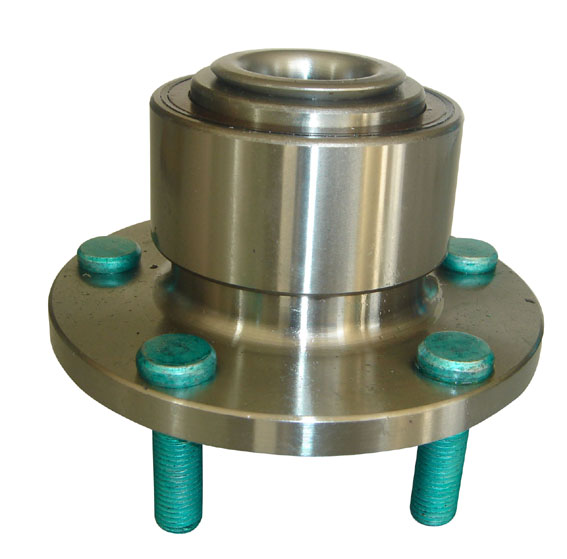
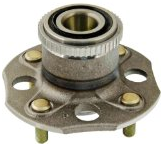
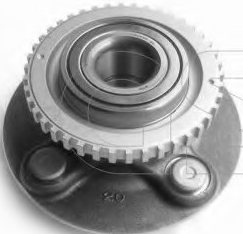
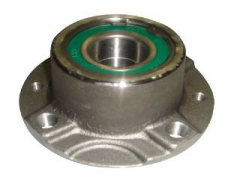
Safety Tips for Replacing a Wheel Bearing
- Always use jack stands; never rely on a jack alone.
- Wear safety goggles and gloves to protect against metal shards and debris.
- Use a torque wrench to tighten bolts to factory specifications.
- If unsure, consult your vehicle’s service manual or seek help from a professional mechanic.
How Long Does It Take to Replace a Wheel Bearing?
The time required depends on the bearing type:
- Gen 1 bearings (press-fit) can take 2–4 hours due to the need for special tools.
- Gen 2 or Gen 3 bearings (bolt-on assemblies) usually take 1–2 hours.
Labor cost at a shop ranges from $200 to $500, but doing it yourself saves significant money if you have the right tools.
How Much Does a Wheel Bearing Replacement Cost?
The cost varies depending on your vehicle:
- Parts: $50–$200 per bearing.
- Labor: $150–$300 per wheel at most repair shops.
- DIY: Only the cost of the part and possibly tool rental if you need a press.
Preventing Wheel Bearing Failure
While wheel bearings naturally wear out, you can extend their life by:
- Avoiding deep water and mud whenever possible.
- Inspecting bearings during routine brake service.
- Rotating tires regularly to reduce uneven load.
- Using OEM-quality bearings instead of cheap alternatives.
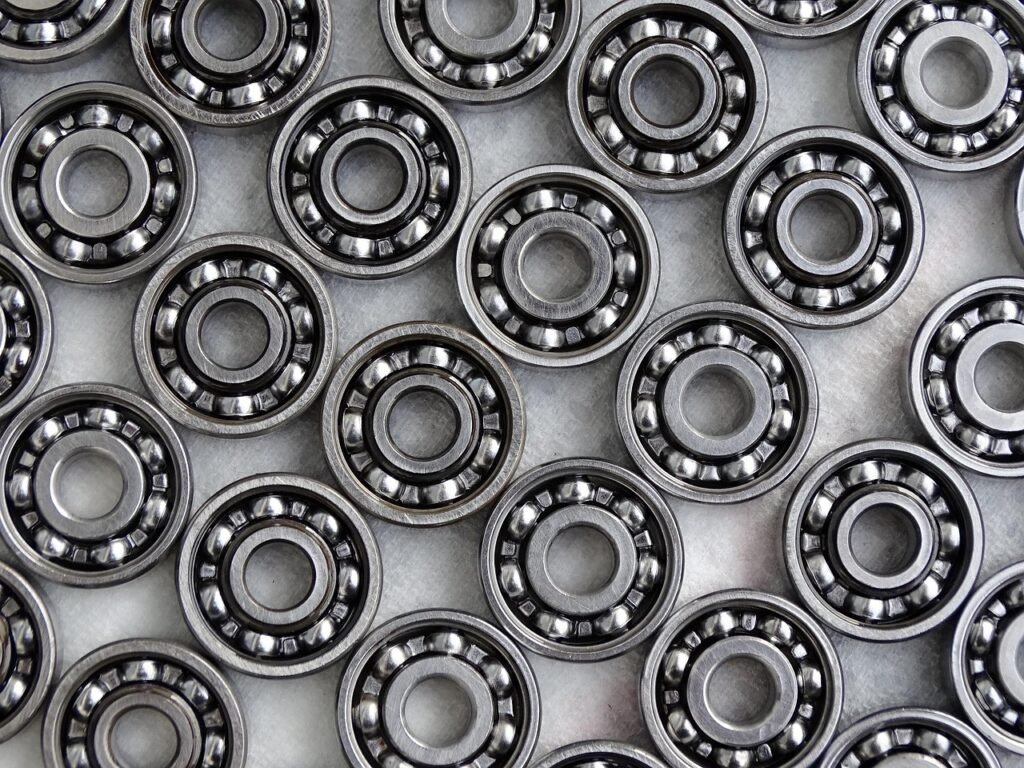
Conclusion
Replacing a wheel bearing is a challenging but manageable task for experienced DIY mechanics. By recognizing the signs of failure, using the right tools, and following step-by-step instructions, you can safely and effectively complete the repair.
A new wheel bearing restores smooth wheel rotation, eliminates noise, and ensures your vehicle remains safe on the road. Whether you drive an older car with a Gen 1 press-fit bearing or a modern vehicle with a Gen 2/Gen 3 hub assembly, understanding how to replace the wheel bearing will save money and keep your vehicle running at its best.
If you are not comfortable performing the repair yourself, always seek assistance from a professional mechanic to guarantee proper installation and safety.

